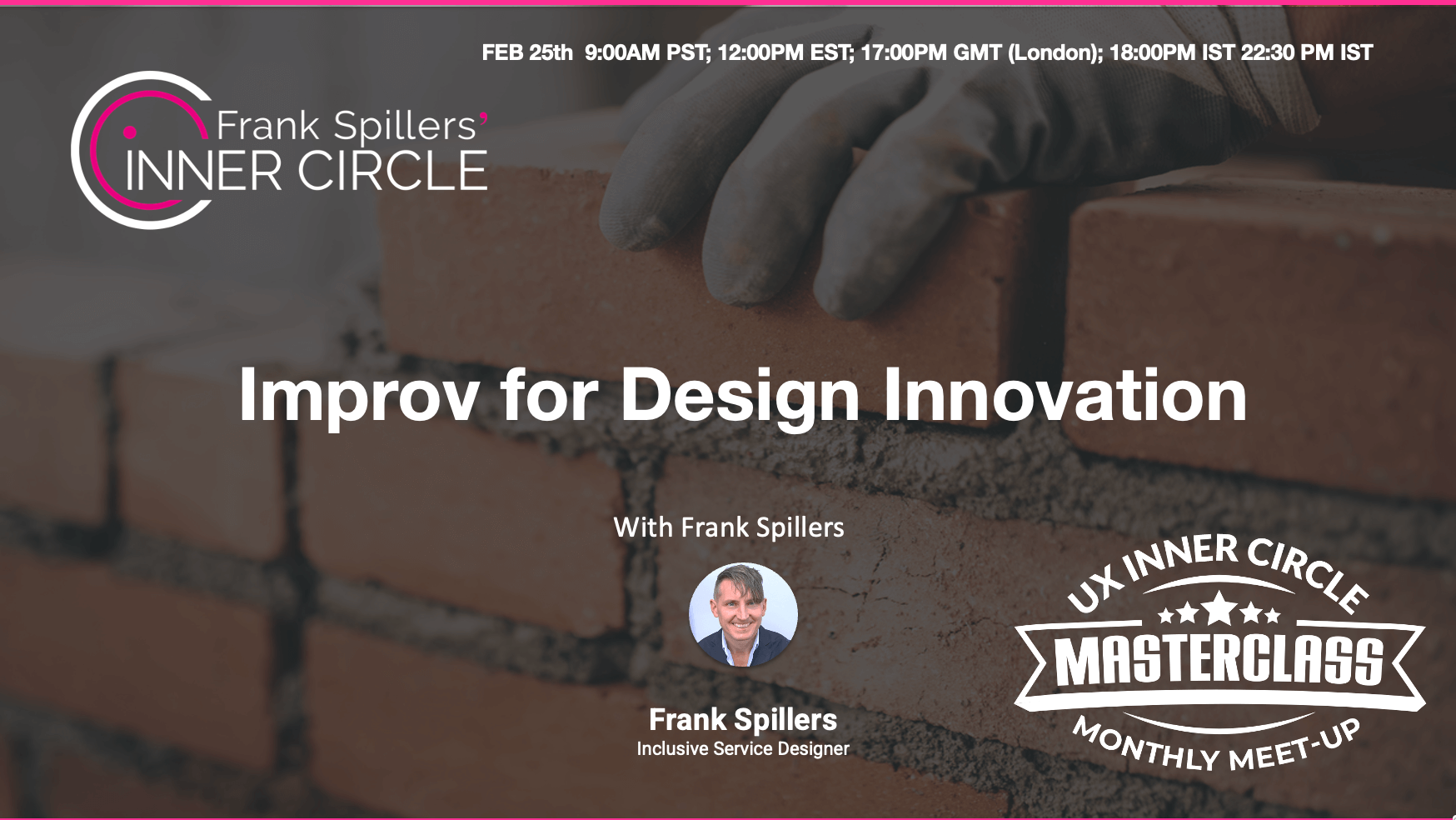Improv for Design Innovation

FEB 25th 9:00AM PST; 12:00PM EST; 5:00PM GMT; 6:00PM CET; 10:30PM IST
60 minutes
Non-member: $99
Open Circle: FREE (Get it FREE>> Join Open Circle)
Inner Circle: Included in your $99 a month Inner Circle membership (50% discount available) for all events plus Digital Library 250+ videos, mentoring, hands-on workshops and more…
Why learn improvisation for design?
Improv teaches adaptability. In design, unexpected challenges are constant. Improv’s “yes, and” mindset pushes teams to embrace ideas, iterate, and build on one another’s contributions. This collaborative energy is critical for generating innovative solutions that go beyond the obvious. It shifts focus from critiquing to creating, encouraging bold experimentation.
What the research shows: Improvisation techniques make us better listeners, communicators, collaborators, and innovators. Studies on design and improv show that:
- Improv improves design brainstorming. Not only are results better from this classically weak technique, but studies show it is enhanced through ‘bodystorming‘.
- Improv is used regularly in Service Design prototyping, where intangible value might be more difficult to understand ‘on paper’.
- Improv boosts creativity, generally, since it is believed that it may be how we engage our creativity abilities.
My favorite: Improv boosts AI ‘prompt engineering’— a hidden skill, critical for working with generative AI in design tasks
Also see Why Generative AI has an Access Problem (pssst- until this is fixed, improv is your friend for better AI output)
Why I consider improv a critical UX soft skill?
Improv strengthens context probing, critical activating empathy.
Yes, but: For all the scepticism in the design community, social neuroscience (using MRI scans) has shown that empathy actually is not only a thing in your brain, it’s a skill that requires you activate it. Improv is a tool for doing this. Improv can open up one of the necessary channels required to activating empathy, or at least a discussion of context of use. Building this in teams leads to context intelligence.
How improv does this: Improv exercises place participants in new roles and perspectives, improving their ability to see through others’ eyes. This trigers the emotional intelligence needed for human-centered design.
Finally, improv breaks down silos. By fostering open communication, it reduces fear of failure and promotes trust within teams. Designers feel safe taking creative risks, which accelerates idea development. Through playful collaboration, improv inspires the kind of disruptive thinking that drives transformative design.
Agenda for Improv for Design Innovation
- Improv building blocks
- How improvisation ways of thinking and communicating break down barriers to ideation, opening dialogue, influencing stakeholders
- How to create richer, more empathetic personas through improvisational role-playing.
- Getting playful with and outsmarting generative AI ‘prompts’
About Monthly MasterClasses:
These monthly meet-ups are topic-driven live events with an informal presentation by Frank Spillers and group activities and discussions. Monthly MasterClasses are included as part of your membership. They allow a deep dive into important UX topics, with insights drawn from process best practices and case studies from Frank’s two decades in the field.
| Date: | 25 Feb 2025 |
|---|---|
| Time: | 09:00 am PST 12:00 pm EST 05:00 pm GMT 06:00 pm CET |
| Check Your Timezone | |



